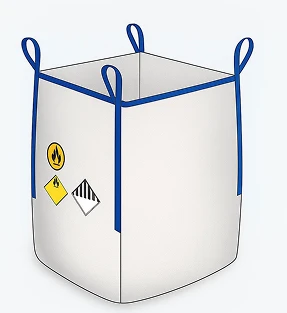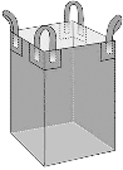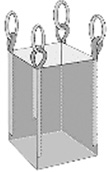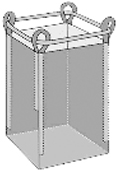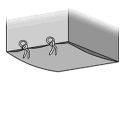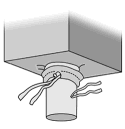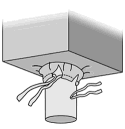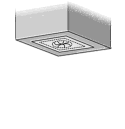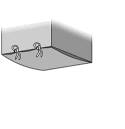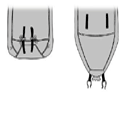Design and Testing Requirements
All UN Certified Bags are required to undergo a set of highly rigorous, performance-based tests by a certified and independent testing laboratory. These tests assure that the bag can withstand the harsh strains of global transportation:
Drop Test
Bags that are filled to the maximum Safe Working Load (SWL) are dropped off a particular height to make sure that the base and seams do not collapse during the drop.
Topple Test
The bag is rolled on its side to represent rough handling and stability and integrity of the seal.
Tear Propagation Test
Tests accidental puncture to make sure that a small tear does not spread rapidly to become a disastrous failure.
Stacking Test (Vibration)
The bag undergoes a test of bearing the weight of the stacked bags above it during a given length of time, which is an indication of pressure on the bag during long-term storage in the warehouse or ship holds.
